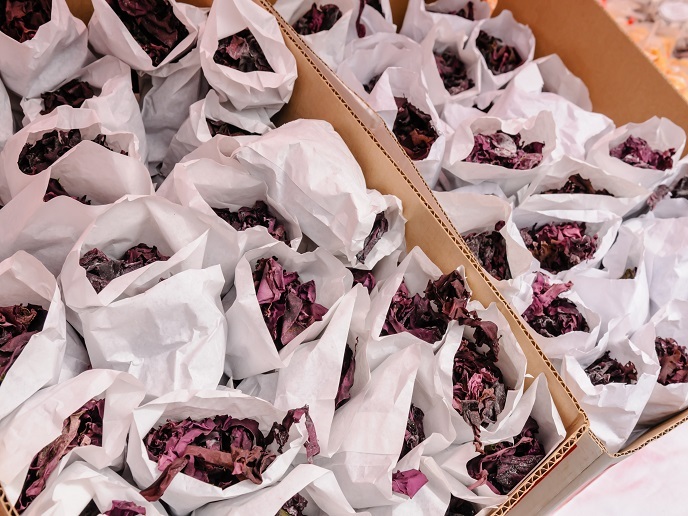Climate change impact on forests forecasted
Higher temperatures imply a higher demand for water in forests, causing increased drought (and wildfire risk) in many regions of the world including the Mediterranean basin. Identifying which forest species and areas may be vulnerable to reduced water availability is vital to understanding future changes in forest composition and structure and how they will affect key ecosystem services. The EU-funded Horizon2020 project PHLOEMAP(opens in new window) used functional traits to improve predictions of where and when dramatic changes in forest ecosystem services are likely to occur due to drought. Functional traits are measurable characteristics that can affect tree growth, reproduction or survival, providing important information on ecological and demographic processes. Adaptability improves tree resilience The initiative investigated how plants adjust their structure and functioning in response to climate and how this adjustment within- and among-species affects their ability to withstand drought. “We sampled the six dominant tree species in Catalonia, northeast Spain, along a wide gradient of water availability, using plots from the Spanish National Forest Inventory network, which allowed us to combine our detailed trait measurements with information on stand-level forest dynamics,” says project coordinator Dr Jordi Martínez Vilalta. Researchers examined wood structure and anatomy, particularly the role of phloem and parenchyma tissue in the function of trees and forests during drought. Phloem is the living tissue that transports the soluble organic compounds made during photosynthesis in leaves, while parenchyma tissue comprises living thin-walled cells actively involved in secretion, food storage, and other activities. Scientists also compiled an extensive dataset of xylem and phloem trait variability along water availability gradients at the regional scale, addressing both within-species and between-species variability. The xylem conveys water and dissolved minerals from the roots to the rest of the plant and also provides physical support. “We focused on water availability to better understand how species adapt to different environments and how they replace each other along environmental gradients,” explains researcher Dr Elisabeth Robert. Forest changes predicted The dataset revealed trait relationships and tree responses to drought, enabling researchers to determine the best combination of traits for predicting drought resistance within tree species and among different species of trees. Scientists also tested how variability in xylem and phloem traits influence forest performance and forest vulnerability under different climate change scenarios at different ecological scales. PHLOEMAP highlighted the importance of intraspecific variability in plant functional traits and how properties of tissues like xylem, phloem, and leaves alter along water availability gradients. “The physiological and structural changes determine which species are likely to be more vulnerable to changes in water availability in situ, whilst the focus on regionally dominant tree species allows us to forecast which species may be able to replace more susceptible ones,” claims Dr Martinez Vilalta. The project will play a vital role in helping scientists understand and predict how forests may alter in the future. As forest ecosystems are key to energy, carbon and water regulation, an increased awareness of how forests are impacted by climate change could help in better planning to counter adverse effects.







